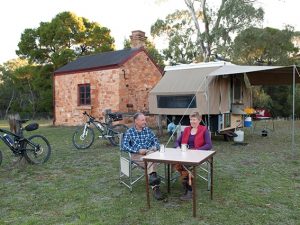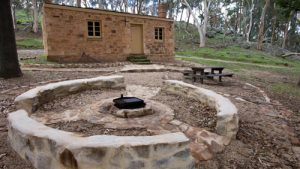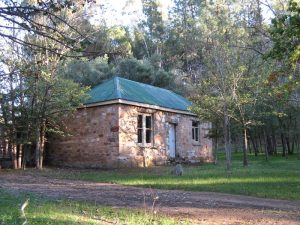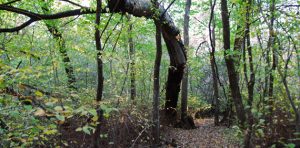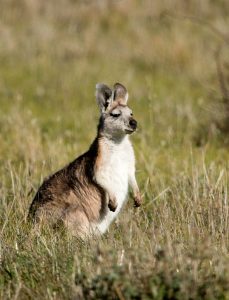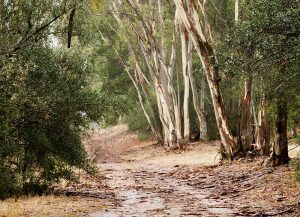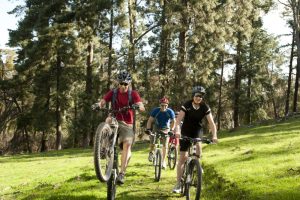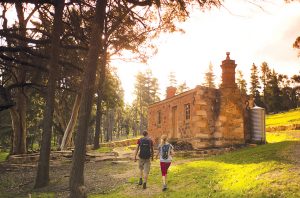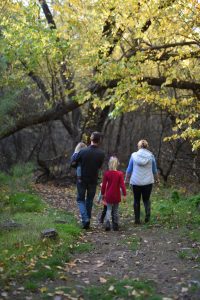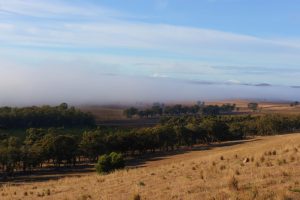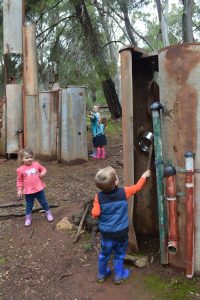Find out why the locals love the Bundaleer Forest.
Bundaleer Forest, just 9km south of Jamestown, has been a picnicking destination for generations of locals. Today, it is becoming increasingly well known as a place to walk and cycle.
Bundaleer Walking Trails
Bundaleer, the Birthplace of Australian Forestry
In the 1870’s South Australia’s native trees were being swept away by eager pioneers in their rush to find materials for buildings, railway sleepers, jetty pylons and supports for mining shafts and tunnels.
The need to find a suitable forestry timber species was crucial.
In 1876, Bundaleer was chosen as the site for the first trial plantings of commercial forestry trees from Europe, North America and all over Australia.
It was soon discovered the Californian
radiata pine was the species most suited to forestry in Australia and this species went on to become the mainstay of not only Australian forestry, but also forestry in Chile, New Zealand and South Africa.
The Woods and Forests Department (now Forestry SA) was formed in 1882 and the Bundaleer Forest Reserve was established with the planting of 400 ha (1000 acres) of forest.
Today, Bundaleer Forest is the state’s smallest pine plantation (just 1500ha) but one that injects $10 million
annually into the local and state economy and employs more than 100 people directly and indirectly.
Bundaleer produces timbers with superior structural strength, a result of the slow growth at Bundaleer (radiata pines in SA’s South-East grow three times faster).
The forest’s high density timbers are widely used in the building industry for verandah and pergola posts. These structural timbers are milled locally.

